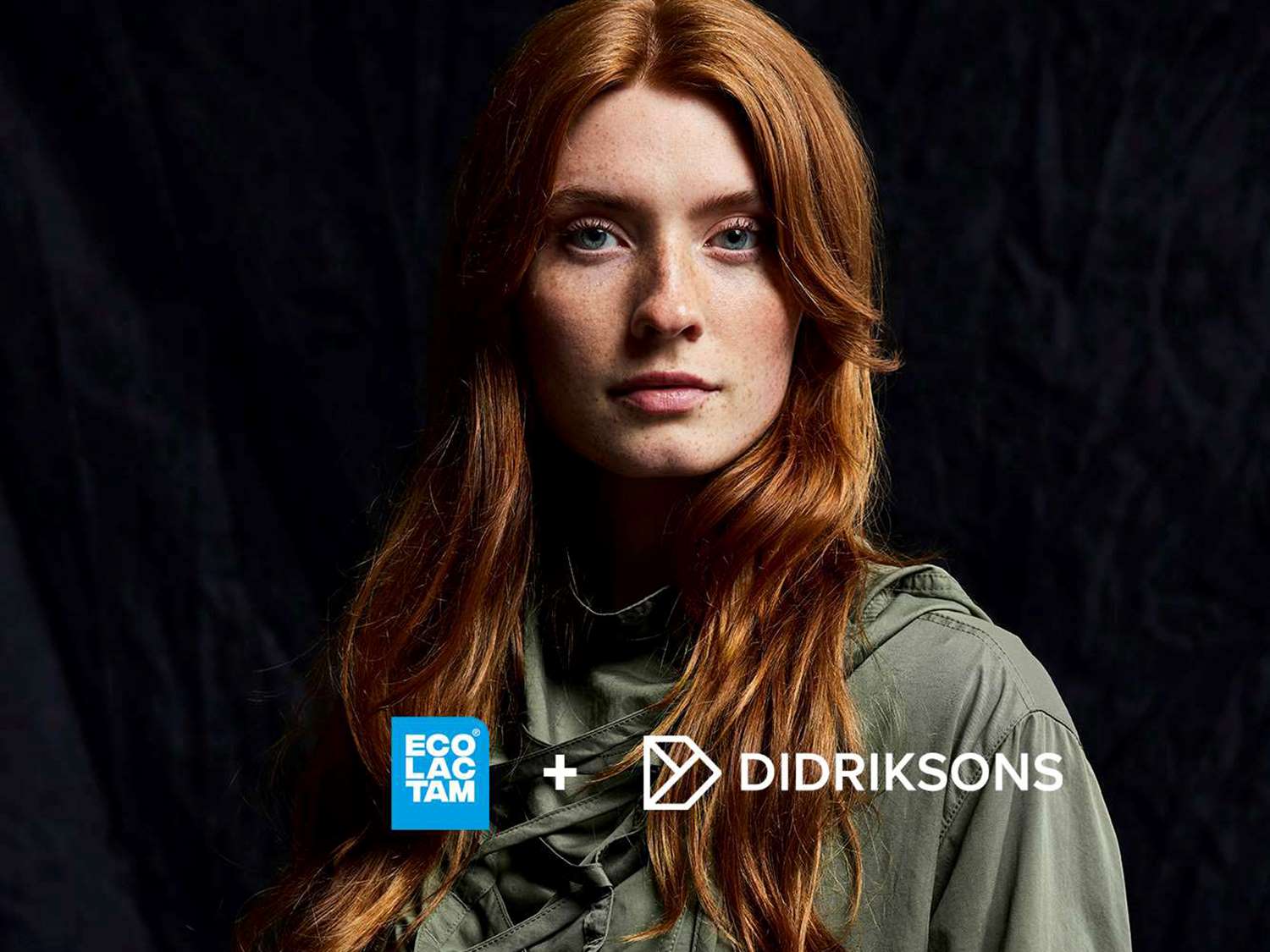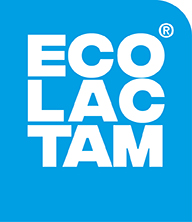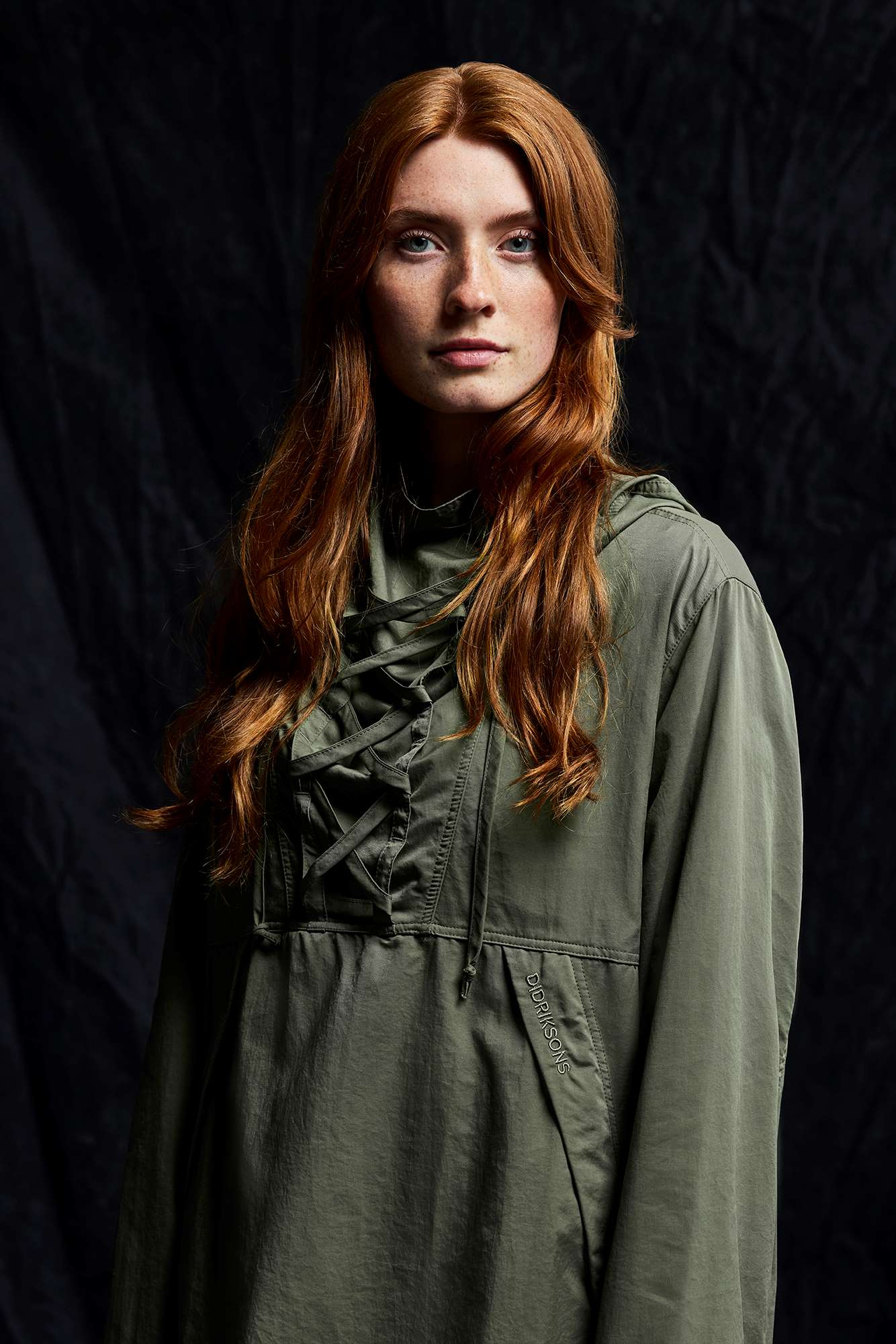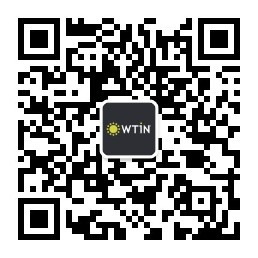Sponsored by Fibrant
In a pioneering move towards more sustainable fashion, EcoLactam® and Didriksons have joined forces to create a pivotal product that showcases the importance of collaboration across the entire value chain. The result of this partnership is the CXI jacket, the first garment ever made with EcoLactam®, a polyamide raw material that boasts a carbon footprint 70% lower than that of regular polyamide.
The CXI jacket demonstrates that brands can achieve significant environmental benefits without compromising product quality while enhancing their environmental reputation.
The power of full value chain involvement
For Fibrant, the producer of EcoLactam®, being present across a brand's entire value chain is crucial. Involving a raw material supplier in the development early will provide significant added benefits that might otherwise be overlooked. Typically, brands collaborate with Tier 1, 2, or 3 partners in innovation projects. However, in this groundbreaking initiative with Didriksons, EcoLactam® was part of the product development from the ground up.
The reduction of the CXI jacket's carbon footprint was the collaboration’s biggest achievement. Over 80% of Didriksons’ carbon emissions stem from raw material extraction and processing. FIBRANT’s business development manager sustainability, Giovanni Henssen said: “By using EcoLactam®, which has a carbon footprint 70% lower than traditional polyamide, Didriksons was able to align its product development with its sustainability goals.”
Transparency and open dialogue: keys to success
The foundation of this project's success lies in the transparent and open dialogue maintained between all partners, from Tier 0 to Tier 4. This comprehensive approach enabled:
- Innovative design: The collaboration resulted in a mono-material based on EcoLactam®, trim-free design for the CXI jacket, simplifying future recycling processes.
- Improved traceability: Didriksons refined its internal process of traceability throughout the value chain, working towards their long-term goal of tracking every tier for every garment.
- Informed decision making: With insights from each tier, Didriksons could select, evaluate, and challenge partners and processes to reduce climate impact throughout production.
Per Odqvist, Chief Sourcing Officer at Didriksons said: “EcoLactam®'s involvement from the earliest stages of development was particularly impactful because raw material extraction and processing account for over 80% of Didriksons' carbon footprint. By using EcoLactam®, the CXI jacket achieves a significant reduction in carbon emissions, aligning with Didriksons' commitment to environmental responsibility.”
On top of many IP protected technologies, what makes Fibrant company unique is their state-of-the-art process improvements such as the focus on capturing their greenhouse gas emissions and breaking them down in harmless non-GHG.
A model for future collaborations
This partnership between Fibrant and Didriksons serves as a model for future industry collaborations. It demonstrates how involving raw material suppliers from the outset can lead to more sustainable and innovative products. The open dialogue between all tiers of the supply chain sets a new standard for transparency in the industry.
As the fashion industry continues to grapple with environmental concerns, such collaborations may become increasingly vital in driving meaningful change and reducing the sector's carbon footprint. This partnership is likely to influence future sustainability standards, encouraging more brands to seek out innovative materials, and hopefully set new standards for responsible innovation in the fashion industry.
For more information, visit www.ecolactam.com.
Have your say. Join the conversation and follow us on LinkedIn








